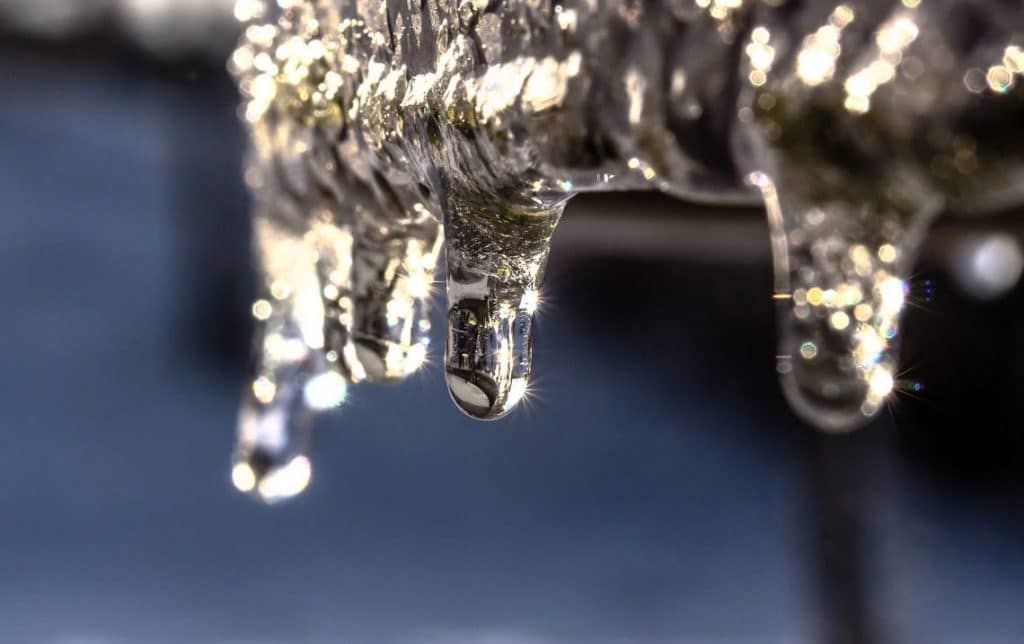Important Advice to Protect Against Frozen Plumbing in Cold Weather
Important Advice to Protect Against Frozen Plumbing in Cold Weather
Blog Article
What're your ideas on Helpful Tips to Prevent Frozen Pipes this Winter?

Winter can ruin your pipes, especially by freezing pipelines. Here's exactly how to stop it from occurring and what to do if it does.
Intro
As temperature levels drop, the danger of icy pipelines rises, possibly resulting in costly fixings and water damage. Understanding how to stop frozen pipes is essential for homeowners in cold environments.
Prevention Tips
Protecting at risk pipelines
Cover pipes in insulation sleeves or make use of heat tape to shield them from freezing temperatures. Concentrate on pipelines in unheated or exterior areas of the home.
Heating strategies
Maintain interior rooms sufficiently heated, especially areas with pipes. Open up closet doors to permit warm air to circulate around pipelines under sinks.
Just how to recognize icy pipelines
Look for decreased water circulation from faucets, uncommon smells or noises from pipelines, and visible frost on subjected pipelines.
Long-Term Solutions
Structural modifications
Think about rerouting pipes away from exterior wall surfaces or unheated locations. Include added insulation to attics, basements, and crawl spaces.
Updating insulation
Buy top quality insulation for pipelines, attics, and wall surfaces. Proper insulation aids maintain regular temperatures and lowers the danger of icy pipes.
Safeguarding Exterior Pipes
Garden pipes and exterior taps
Disconnect and drain garden hose pipes before winter months. Mount frost-proof faucets or cover exterior faucets with insulated caps.
Understanding Frozen Pipes
What causes pipes to ice up?
Pipelines freeze when subjected to temperatures below 32 ° F (0 ° C) for extended periods. As water inside the pipelines ices up, it expands, putting pressure on the pipeline wall surfaces and possibly causing them to break.
Dangers and damages
Icy pipelines can lead to water interruptions, home damage, and pricey fixings. Burst pipelines can flood homes and create considerable structural damage.
Indicators of Frozen Pipes
Recognizing icy pipelines early can prevent them from breaking.
What to Do If Your Pipelines Freeze
Immediate activities to take
If you suspect frozen pipelines, maintain taps open to soothe stress as the ice thaws. Use a hairdryer or towels soaked in warm water to thaw pipes slowly.
Verdict
Avoiding frozen pipes needs aggressive steps and fast actions. By comprehending the reasons, indicators, and safety nets, homeowners can safeguard their pipes throughout cold weather.
5 Ways to Prevent Frozen Pipes
Drain Outdoor Faucets and Disconnect Hoses
First, close the shut-off valve that controls the flow of water in the pipe to your outdoor faucet. Then, head outside to disconnect and drain your hose and open the outdoor faucet to allow the water to completely drain out of the line. Turn off the faucet when done. Finally, head back to the shut-off valve and drain the remaining water inside the pipe into a bucket or container. Additionally, if you have a home irrigation system, you should consider hiring an expert to clear the system of water each year.
Insulate Pipes
One of the best and most cost-effective methods for preventing frozen water pipes is to wrap your pipes with insulation. This is especially important for areas in your home that aren’t exposed to heat, such as an attic. We suggest using foam sleeves, which can typically be found at your local hardware store.
Keep Heat Running at 65
Your pipes are located inside your walls, and the temperature there is much colder than the rest of the house. To prevent your pipes from freezing, The Insurance Information Institute suggests that you keep your home heated to at least 65 degrees, even when traveling. You may want to invest in smart devices that can keep an eye on the temperature in your home while you’re away.
Leave Water Dripping
Moving water — even a small trickle — can prevent ice from forming inside your pipes. When freezing temps are imminent, start a drip of water from all faucets that serve exposed pipes. Leaving a few faucets running will also help relieve pressure inside the pipes and help prevent a rupture if the water inside freezes.
Open Cupboard Doors
Warm your kitchen and bathroom pipes by opening cupboards and vanities. You should also leave your interior doors ajar to help warm air circulate evenly throughout your home.

As a serious person who reads on How to Prevent Your Pipes From Freezing, I think sharing that information was really useful. Sharing is good. Who knows, you may just be doing someone a favor. Thanks so much for your time invested reading it.
Book Your Installation Report this page